Science news this week: Black holes galore and blue whales that still sing
Aug. 16, 2025: Our weekly roundup of the latest science in the news, as well as a few fascinating articles to keep you entertained over the weekend.
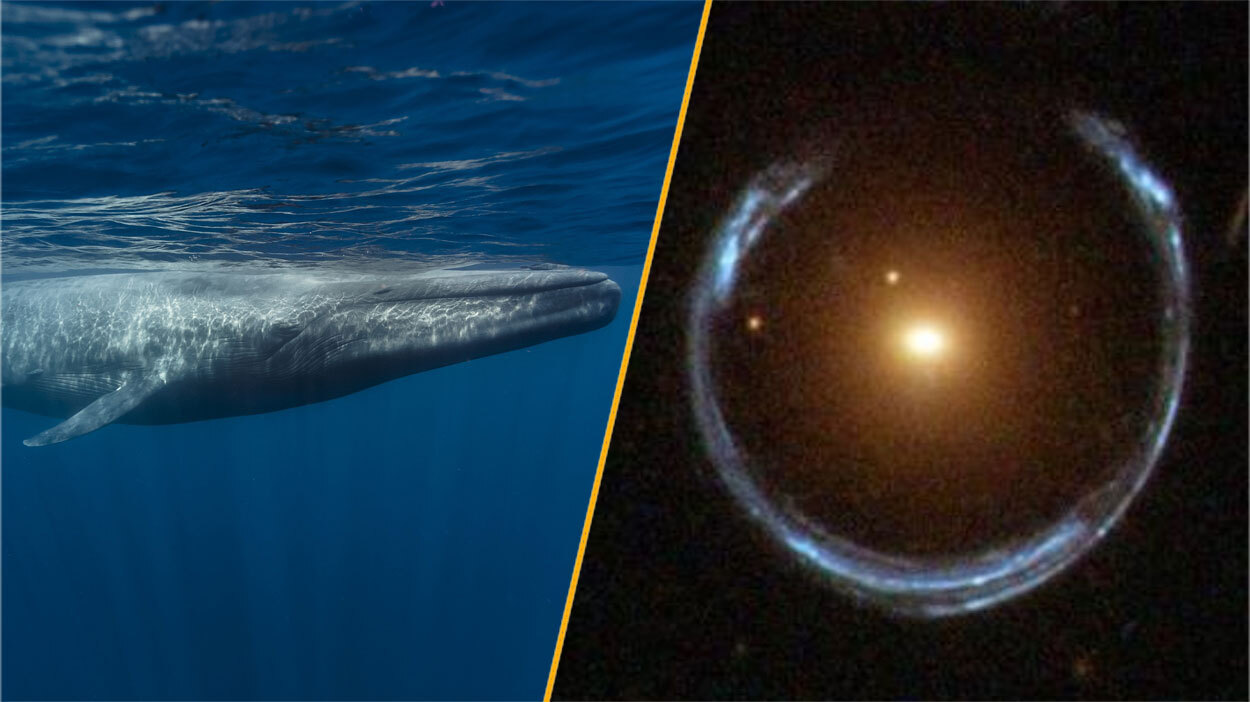
Black holes have dominated our coverage this week, with the discovery of a record-breaking space-time rupture believed to be the earliest ever found.
The black hole and its galaxy, together dubbed CAPERS-LRD-z9, existed just 500 million years after the Big Bang, and adds to growing evidence that black holes began shaping our universe much earlier than astrophysicists once thought.
Black holes' ever earlier beginnings could help to explain how some swell to mind-boggling sizes. Take the one at the heart of the "Cosmic Horseshoe" galaxy system: This week, scientists said they'd found a black hole there that is 36 billion times the mass of the sun. This makes it one of the largest cosmic monsters in the universe.
Training our black hole spotting skills could enable us to detect one close enough to visit, albeit in a paperclip-sized craft propelled by Earthbound lasers, according to one astrophysicist's proposal. Visiting a black hole could provide insights into the structure of space-time. But taking a one-way trip to a black hole isn't the only way to learn about them: radiation from newly-hypothesized evaporating black hole 'morsels' could also reveal clues to the nature of these cosmic behemoths.
Blue whales not silent
No, blue whales aren't going silent off California. Here's why.
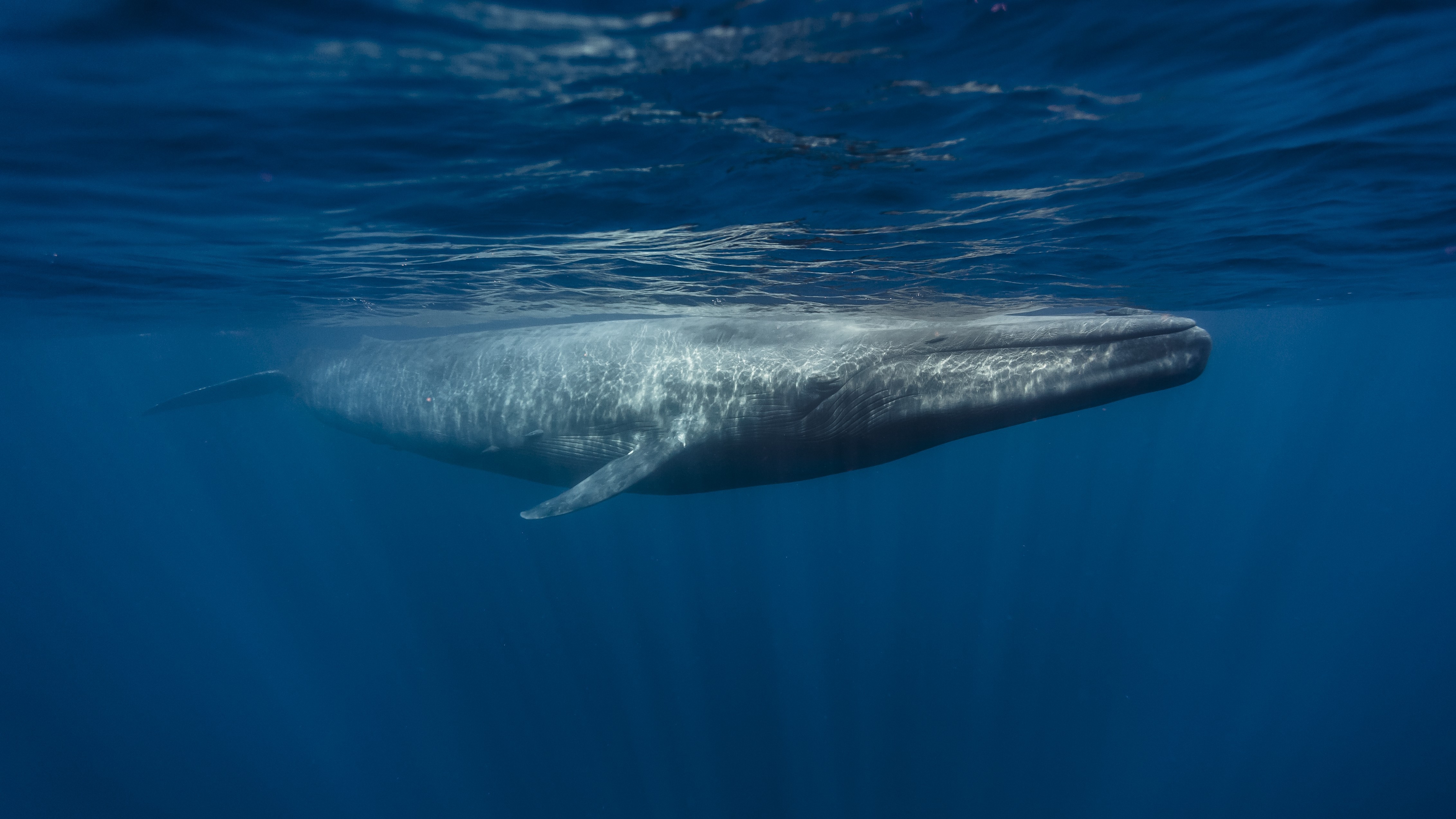
Recent reports of blue whales falling silent off California may have been more than a little exaggerated. The media coverage, which began in July with a report by National Geographic, cites a February study that began in 2015 during the peak of a devastating, ecosystem-disrupting marine heatwave known as "the blob."
But after we looked at the study and contacted its authors, we found that the iconic whales had soon found their voices after the heatwave had dissipated. The long-term impacts of climate change on blue whale populations and their singing are still hard to untangle, but relatively recent estimates still suggest that their numbers are growing. A sigh — or a song — of relief is in order.
Discover more animal news
Get the world’s most fascinating discoveries delivered straight to your inbox.
— Ancient predatory whale with big eyes and razor-sharp teeth was 'deceptively cute'
— 115 million-year-old dinosaur tracks unearthed in Texas after devastating floods
— Texas puma genes rescue Florida panthers from extinction — for now
Life's little mysteries
Can you dream during non-REM sleep?
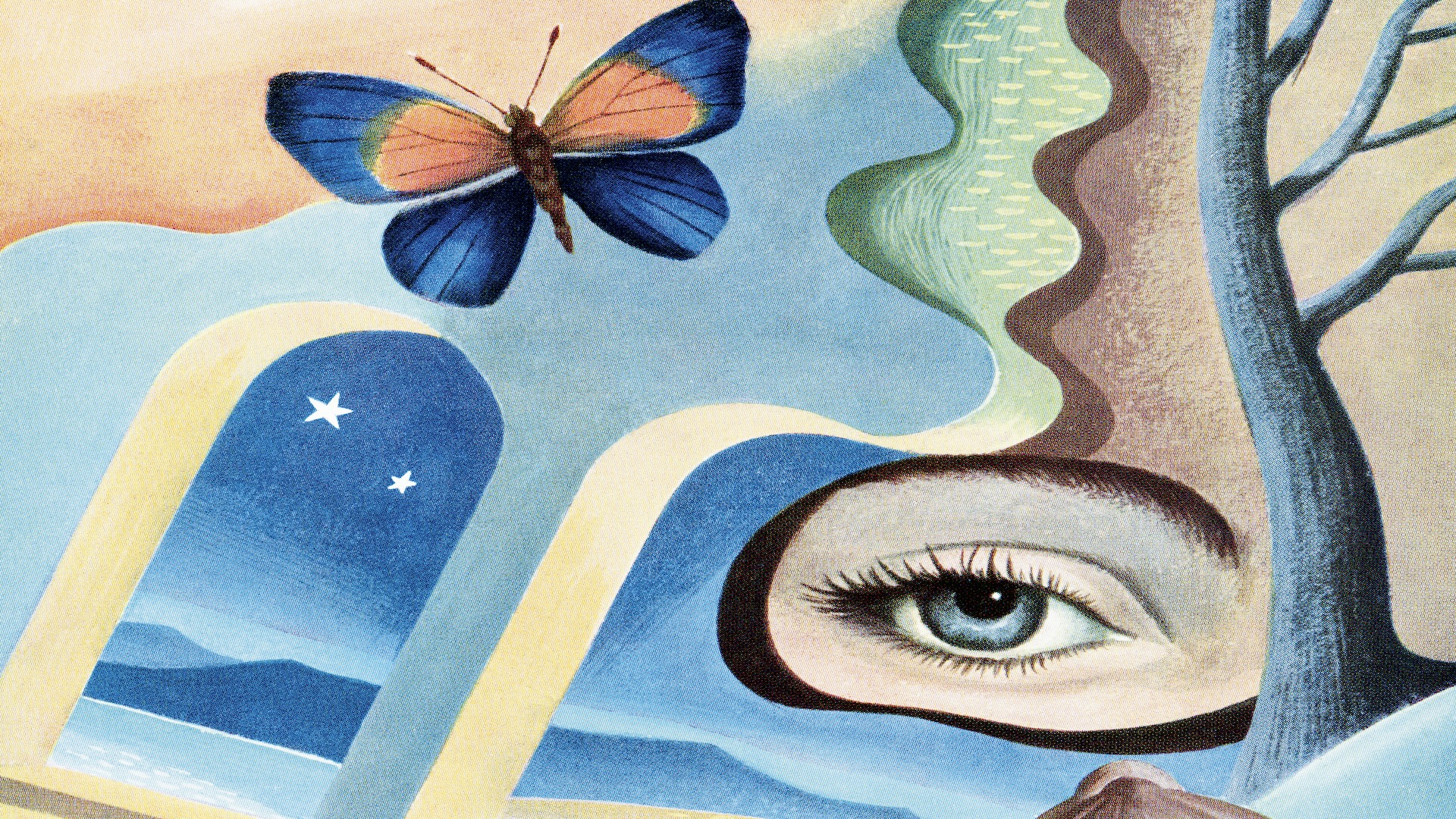
It's commonly-assumed that we dream during REM sleep, yet this isn't the only time they happen. So when else do we dream, what are they like, and why don't we remember them?
— If you enjoyed this, sign up for our Life's Little Mysteries newsletter
Diabetic man produces own insulin
Diabetic man produces his own insulin after gene-edited cell transplant
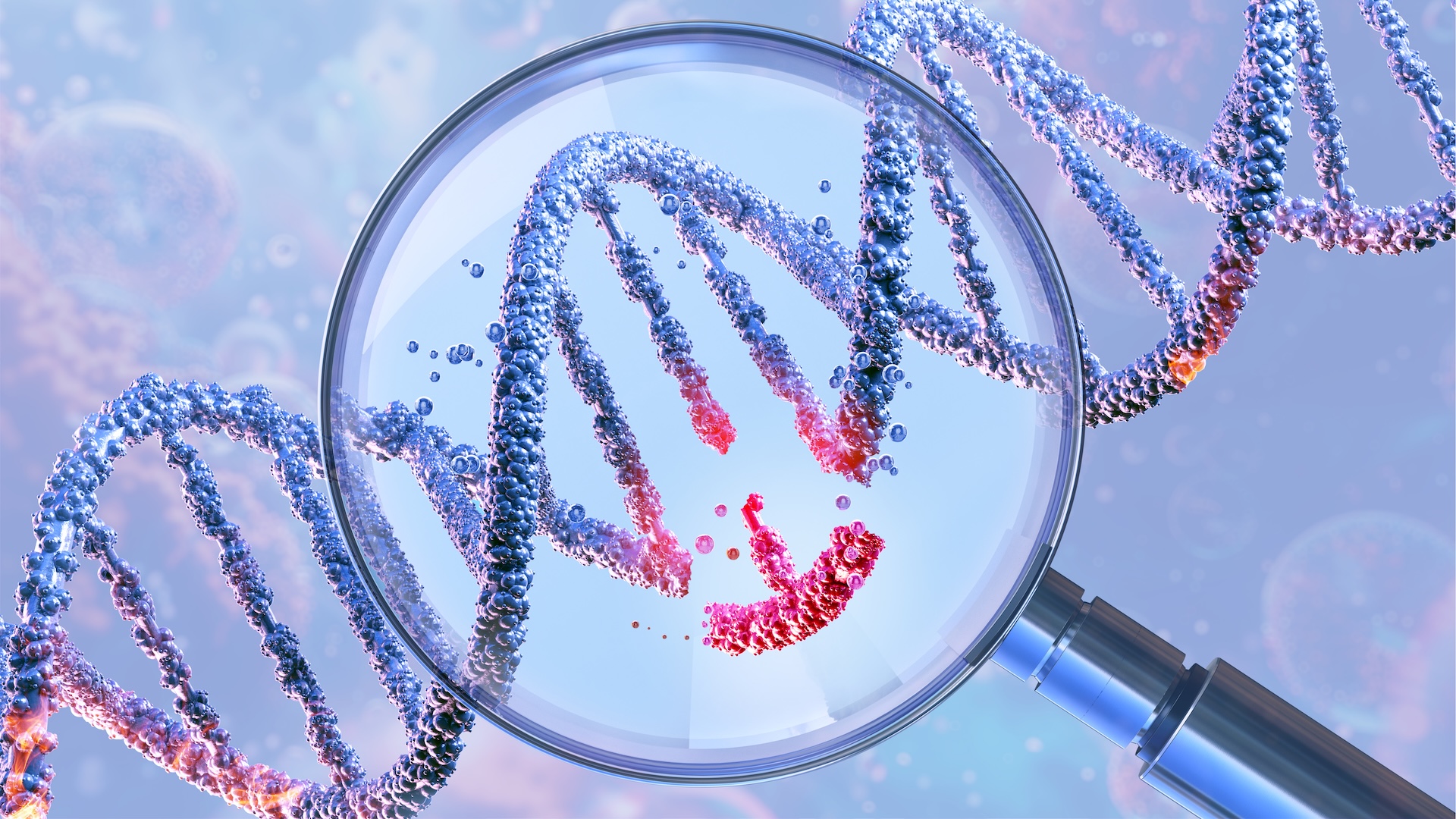
A man with type 1 diabetes became the first person to produce his own insulin without using immune suppressing drugs. The breakthrough came thanks to a genetically engineered cell transplant.
The approach is still in its earliest days — the man didn't produce enough insulin to cure his diabetes — but it is nonetheless an exciting potential breakthrough in treatment of the disease.
Discover more health news
— Prominent medical journal refuses RFK's call to retract a vaccine study
— Human eggs have special protection against certain types of aging, study hints
— Diagnostic dilemma: Girl's dental trouble caused a life-threatening eye infection
Science Spotlight
A braided stream, not a family tree: How new evidence upends our understanding of how humans evolved
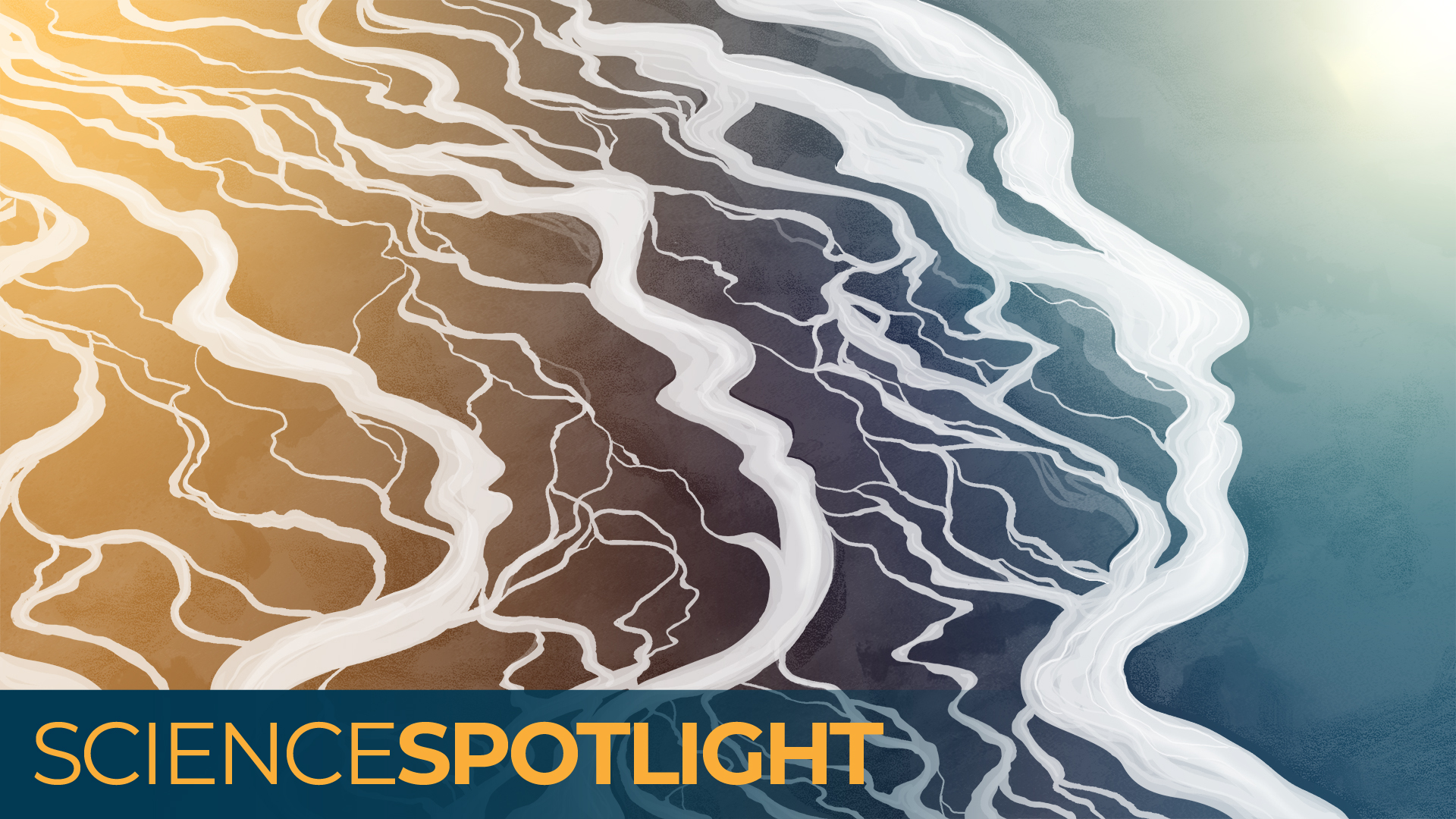
We all know the famous March of Progress image: Starting with a quadrupedal ape-like ancestor, humans evolved in a series of steps until we arrived at the upright, two-legged body we have today.
The problem is that this image paints far too simplistic a picture of our origins. The evolution of our species came from a convoluted braiding together of everything that came before. It took a whole lot of mixing to make us human, and our Science Spotlight piece this week dives into how scientists are unravelling it.
Also in science news this week
— Man sought diet advice from ChatGPT and ended up with dangerous 'bromism' syndrome
— 'Rogue waves' can be 65 feet tall, but they aren't 'freak occurrences,' data from North Sea reveals
Would you go on a 400 year journey through space?
Travelling to our nearest star system is the ultimate one-way trip — but could you live your life among the stars? Let us know in our latest poll.
Something for the weekend
If you're looking for something to do over the weekend, here are some of the best polls, book interviews and crosswords published this week.
—Live Science crossword puzzle #5: Substance with a pH value less than 7 — 2 down [Crossword]
—The final 'planet parade' of 2025 rises Sunday. Here's how to see the full 6-planet show. [Skywatching]
Science in pictures
James Webb telescope captures one of the deepest-ever views of the universe — Space photo of the week
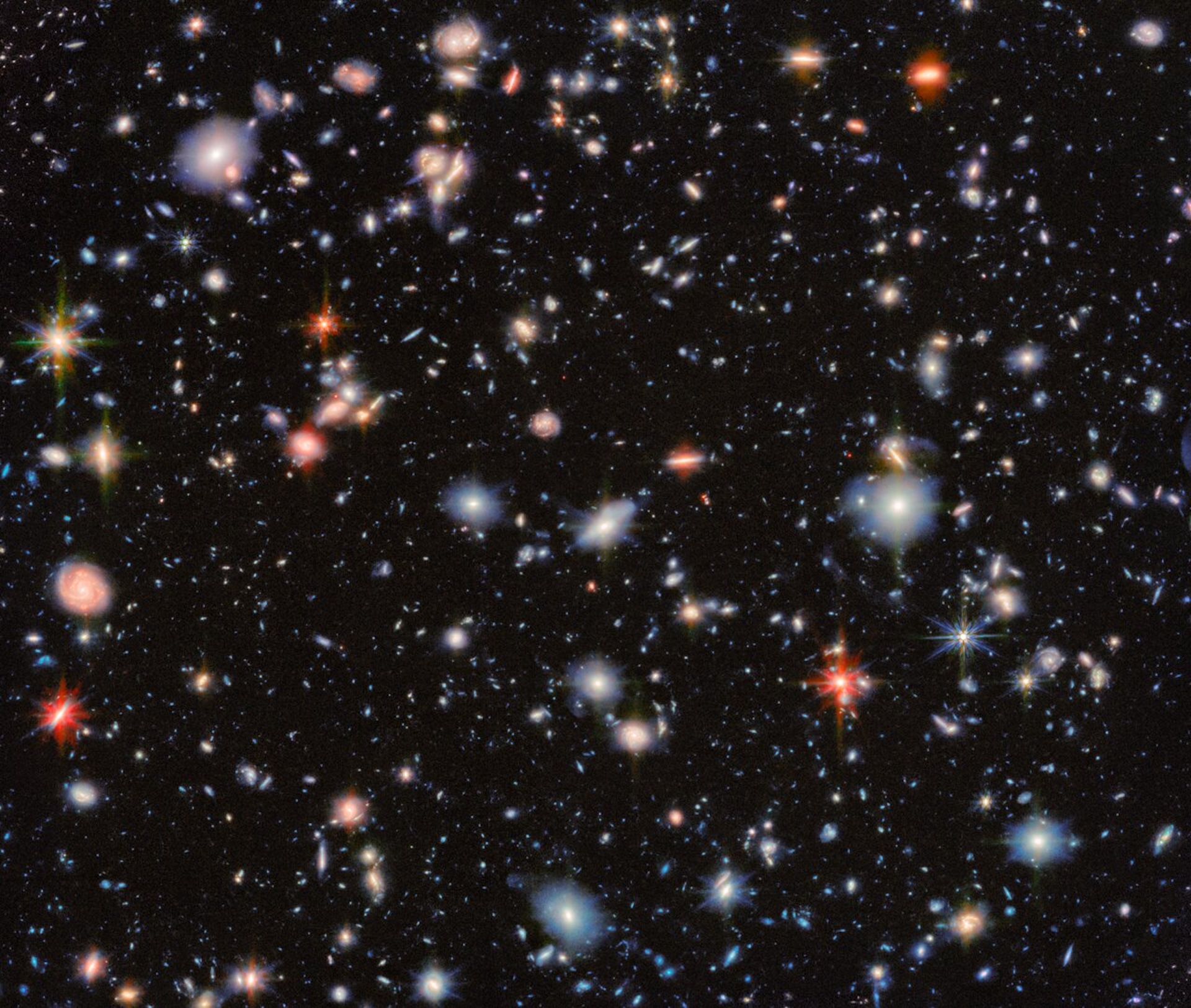
The James Webb telescope has reexamined Hubble's famed Ultra Deep Field image to discover 2,500 more objects.
And many of them are beautiful new galaxies that are even older and more distant than the ones in the original image, dating back to less than a billion years after the Big Bang.
Follow Live Science on social media
Want more science news? Follow our Live Science WhatsApp Channel for the latest discoveries as they happen. It's the best way to get our expert reporting on the go, but if you don't use WhatsApp, we're also on Facebook, X (formerly Twitter), Flipboard, Instagram, TikTok, Bluesky and LinkedIn.

Ben Turner is a U.K. based writer and editor at Live Science. He covers physics and astronomy, tech and climate change. He graduated from University College London with a degree in particle physics before training as a journalist. When he's not writing, Ben enjoys reading literature, playing the guitar and embarrassing himself with chess.
You must confirm your public display name before commenting
Please logout and then login again, you will then be prompted to enter your display name.


